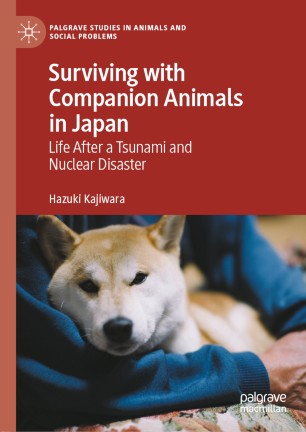

Most ebook files are in PDF format, so you can easily read them using various software such as Foxit Reader or directly on the Google Chrome browser.
Some ebook files are released by publishers in other formats such as .awz, .mobi, .epub, .fb2, etc. You may need to install specific software to read these formats on mobile/PC, such as Calibre.
Please read the tutorial at this link: https://ebookbell.com/faq
We offer FREE conversion to the popular formats you request; however, this may take some time. Therefore, right after payment, please email us, and we will try to provide the service as quickly as possible.
For some exceptional file formats or broken links (if any), please refrain from opening any disputes. Instead, email us first, and we will try to assist within a maximum of 6 hours.
EbookBell Team

4.3
18 reviewsThis book examines how relationships between guardians and companion animals were challenged during a large-scale disaster: the tsunami of March 2011 and the following nuclear disaster in Fukushima. The author interrogates: 1) How did guardians and their companion animals survive the large disaster?; 2) Why was the relationship between guardians and their companion animals ignored during and after a disaster?; and 3) What structures and/or mechanisms shaped the outcomes for animals and their guardians? Through a critical realist framework, combined with a theoretical perspective developed by Roy Bhaskar and his colleagues, the author argues that despite the trivialization of companion animals by government officials, relationships between animals and guardians were often able to be maintained, in some cases through great pains by the guardians. While the notion of human-animal relationships in Japan has thus far been dominated by economic logic, the author reveals dynamics between guardians and companion animal transcend such structures, forging the concept of “bonding rights.”